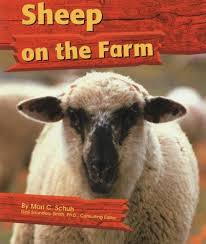
Sheep on the Farm
Students will read about the physical appearance and basic needs of sheep and will learn why farmers raise certain types of animals.

Students will read about the physical appearance and basic needs of sheep and will learn why farmers raise certain types of animals.
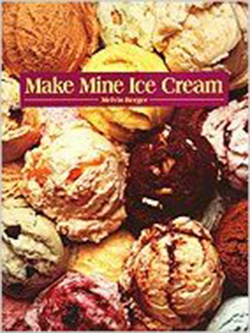
A colorful photographic journey from milk to ice cream. A 'big book' format for young audiences.
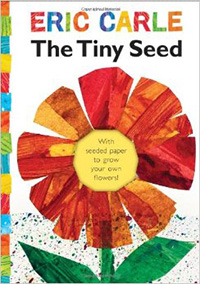
The Tiny Seed tells the story of the life cycle of a flower, beginning with a tiny seed.
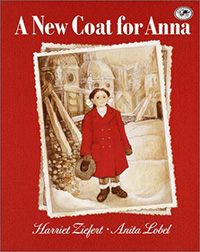
In A New Coat for Anna by Harriet Ziefert, Anna needs a new coat, but her mother has no money, and the stores are empty. The story takes place in the hard times following World War II. Anna's mother barters, directly exchanging goods or services with a sheep farmer, a spinner, a weaver, and a tailor to produce the new coat.
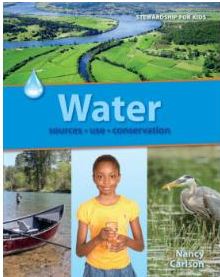
This 32-page book is perfect for any lesson on water. It contains informative text, pictures, and facts. Learn about the importance of water as well as the states, supply, and availability of it. Learn about the water cycle, rain, water tables, irrigation, and how water is used in agriculture. The book also includes numerous activities, websites, and other resources for teachers.
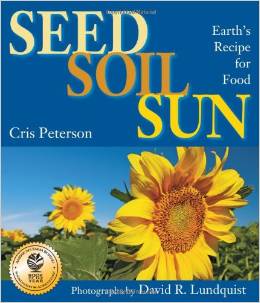
Seed. Soil. Sun. With these simple ingredients, nature creates our food. Noted author Cris Peterson brings both wonder and clarity to the subject of agriculture, celebrating the cycle of growth, harvest, and renewal in this American Farm Bureau Foundation's Agriculture Book of the Year.
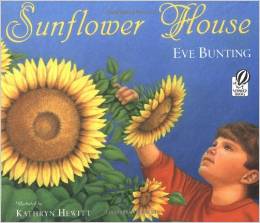
Sunflower House highlights the stages and life cycle of the sunflower. A young boy plants sunflower seeds in a large circle, waters the plants, and waits as they grow into a "house" to play in.
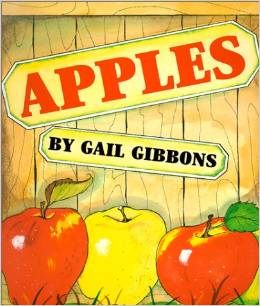
This book teaches all about apples. Students will learn how and when apples were brought to America, about Johnny Appleseed (John Chapman), where apples grow, names of basic varieties of apples, the parts of an apple, about pollination of apple blossoms, the lifecycle of the apple tree, and the many culinary uses for apples.
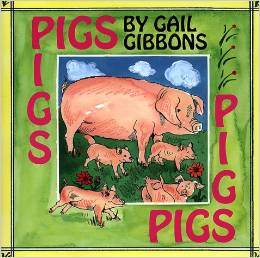
This book teaches about the domestication of the pig, how pigs are used, their life cycle and different types (breeds) of pigs. This book is interlaced with many facts including what they eat, how fast they grow, and how to care for pigs.
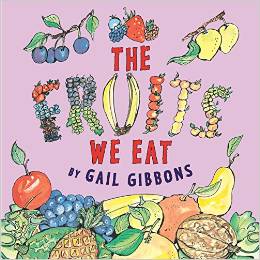
This book teaches accurate science about fruits and the production of fruits. It is a book of facts, examples, and illustrations. Facts taught include: How fruits are included in a healthy diet, different ways fruits are eaten, types of plants that grow fruit (tree, bush, vine, etc.), parts of a fruit, colors of fruit, and sweet fruits vs. tart fruits. The illustrations are very detailed and include many diagrams.
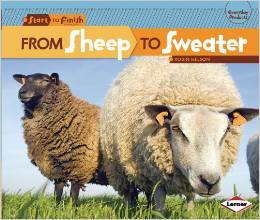
This book comes from the "Start to Finish" series. It outlines the steps and process of how wool is taken from a sheep to make a sweater.
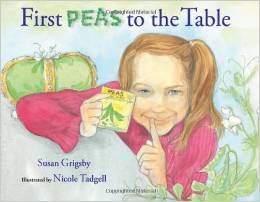
A fun work of fiction in which a girl competes in a classroom garden competition to see who can get the 'first peas to the table.' Based on the contest that Thomas Jefferson held with his friends and neighbors every year, this book seamlessly integrates school gardens, history, botany, and seasonal weather themes into one fun-to-read book. Teachers may even consider modeling a classroom science project after the one featured in this book.